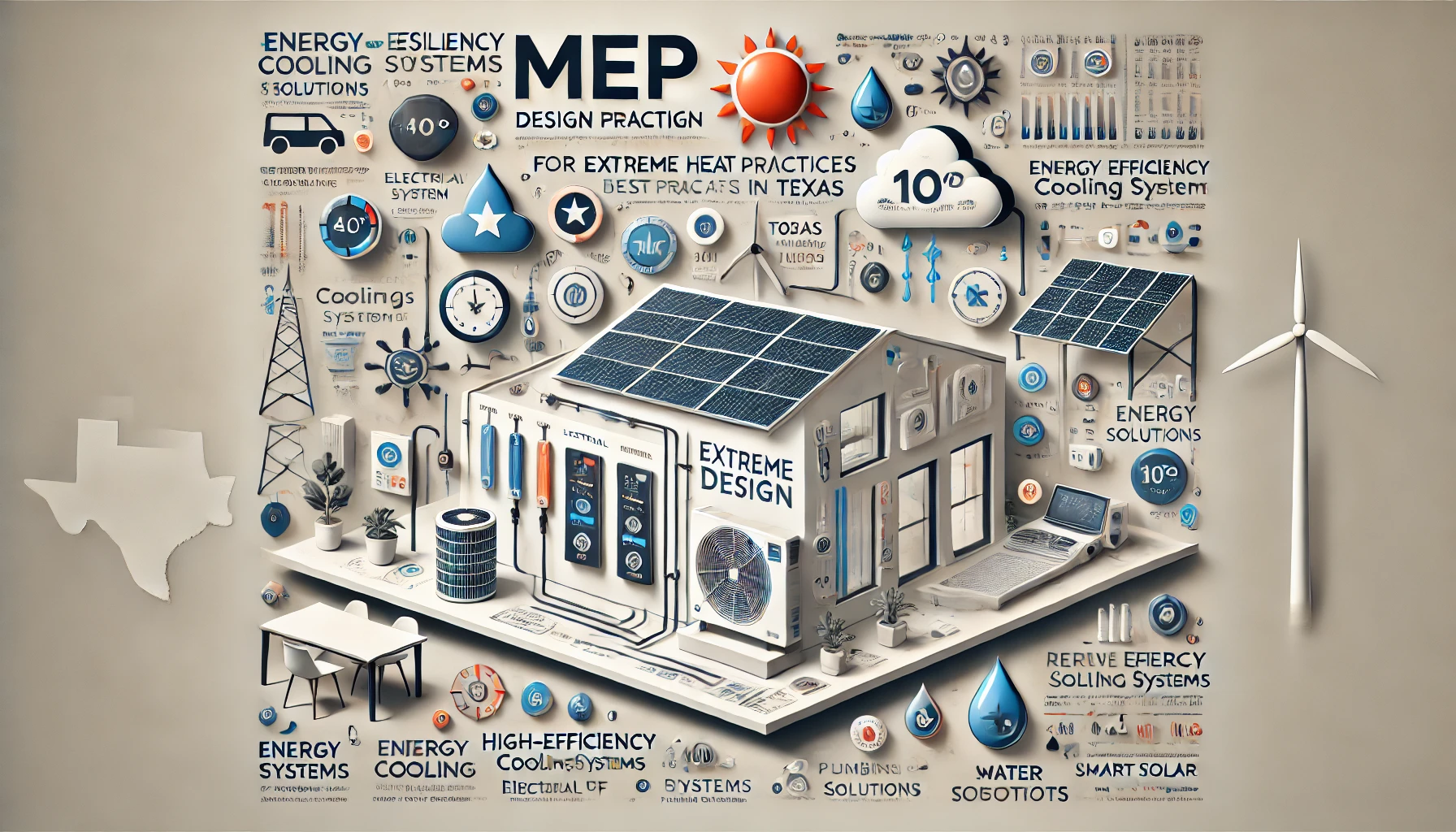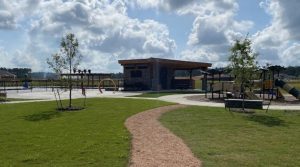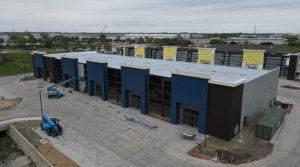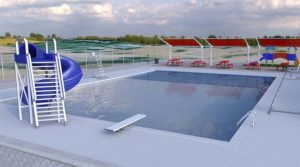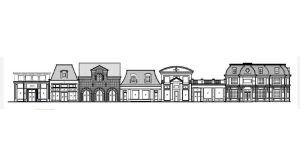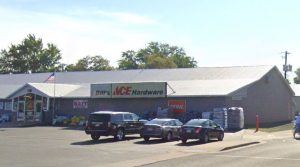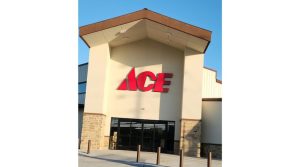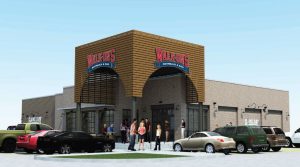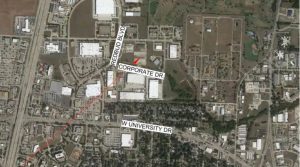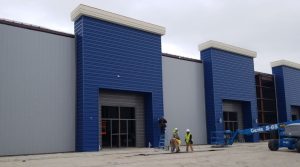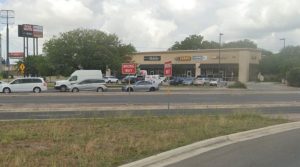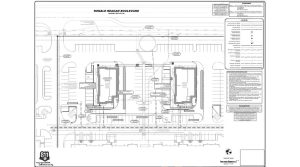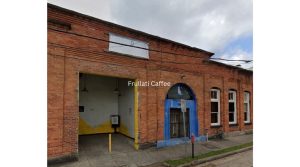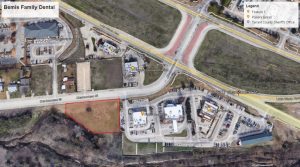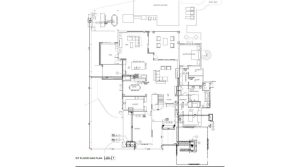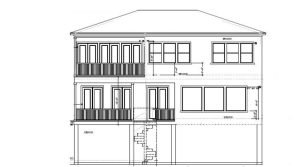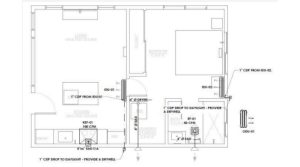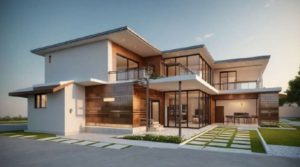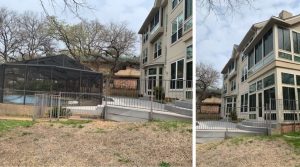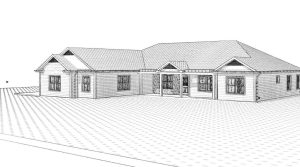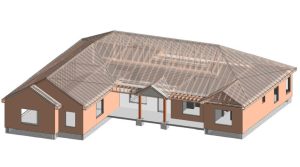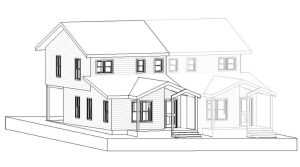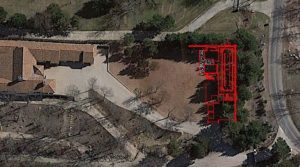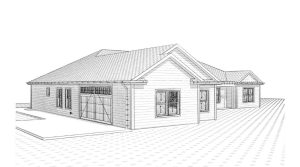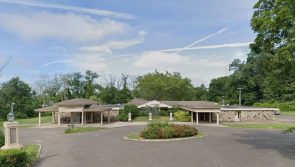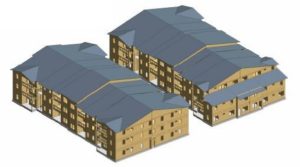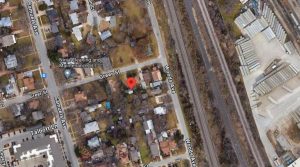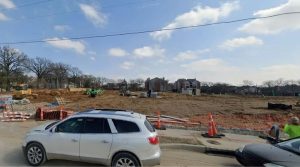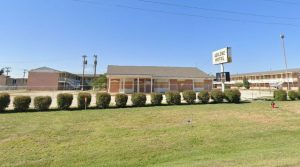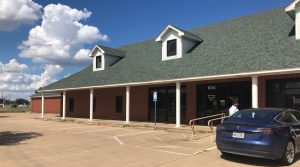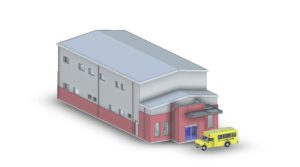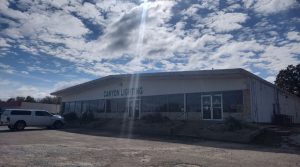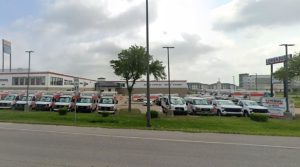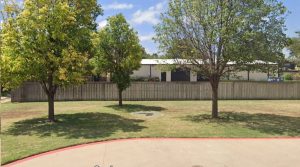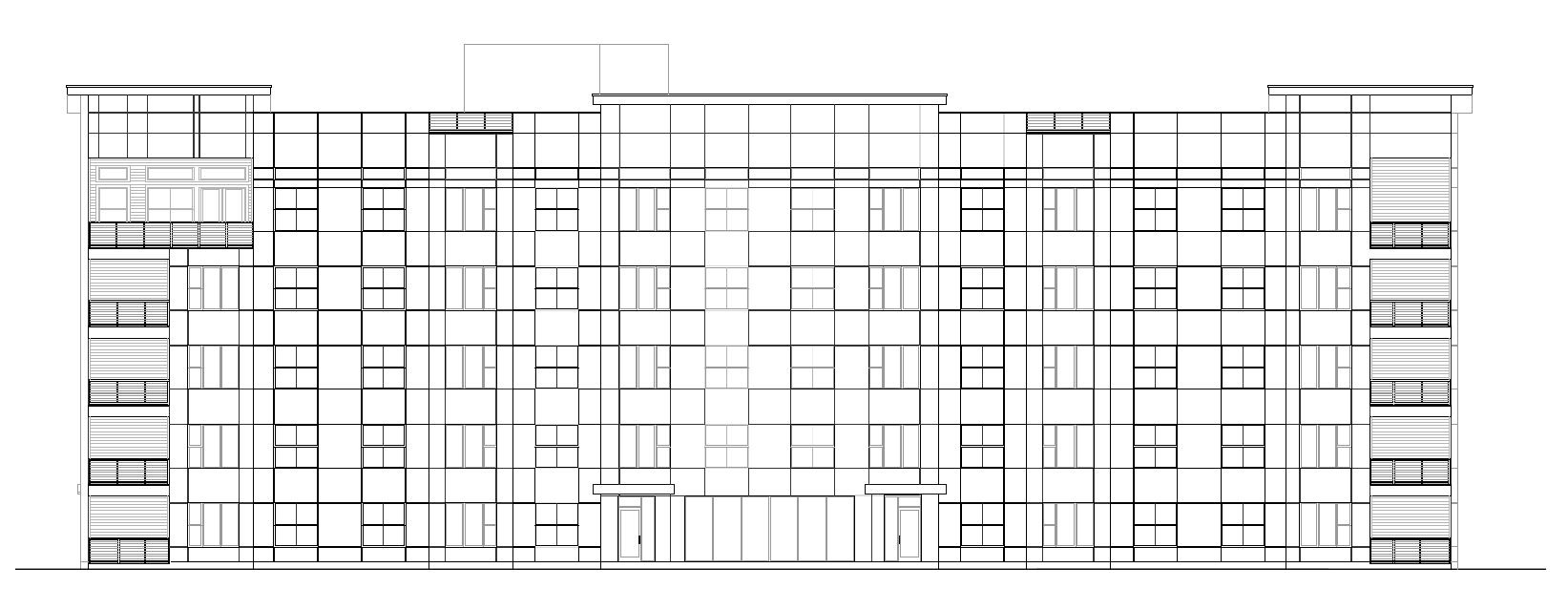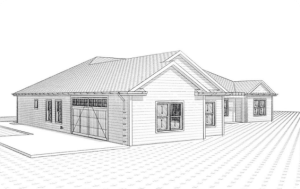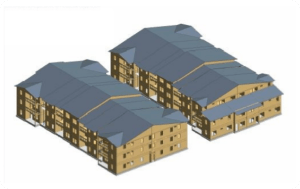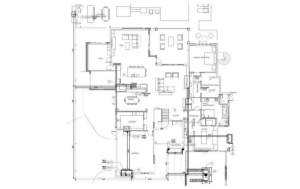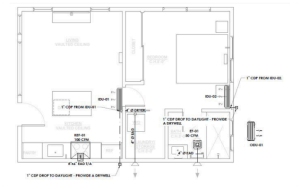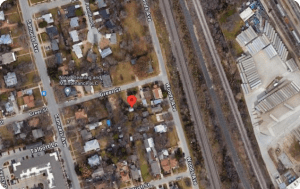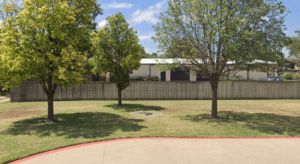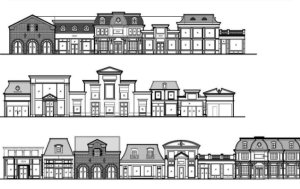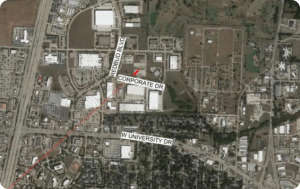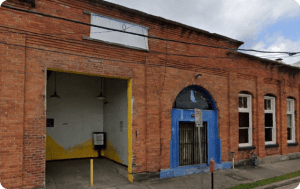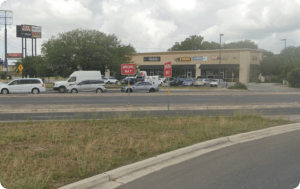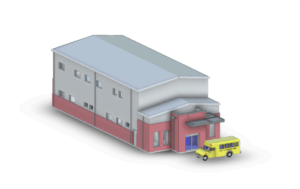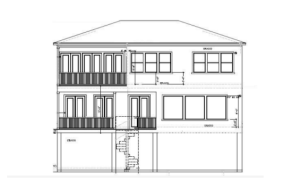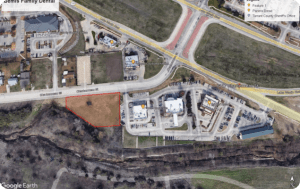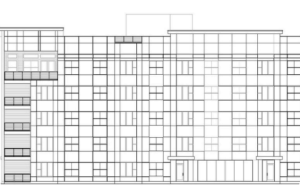Texas MEP Design Best Practices for Extreme Heat Conditions
Texas’s scorching summers and extreme heat conditions present unique challenges for Mechanical, Electrical, and Plumbing (MEP) design. With temperatures regularly surpassing 100°F, ensuring comfort, energy efficiency, and resilience in buildings is essential. This article explores the best practices for designing MEP systems that thrive in Texas’s demanding climate.
The Impact of Extreme Heat on MEP Systems
Texas’s extreme heat conditions affect MEP systems in several ways:
- Increased Cooling Loads: High temperatures place significant strain on HVAC systems, leading to increased energy consumption and operational costs.
- Electrical Grid Stress: The demand for cooling often leads to peak electricity usage, requiring systems designed to manage loads efficiently.
- Water Scarcity: Prolonged heatwaves exacerbate water scarcity issues, making efficient plumbing systems critical.
- Durability Challenges: Prolonged exposure to extreme heat can reduce the lifespan of outdoor MEP components, such as HVAC units and electrical systems.
Key MEP Design Considerations for Extreme Heat Conditions
1. Mechanical Systems (HVAC)
Mechanical systems are the cornerstone of maintaining indoor comfort in Texas’s extreme heat. Key strategies include:
- High-Efficiency Cooling Systems: Invest in high SEER (Seasonal Energy Efficiency Ratio) HVAC units to optimize cooling efficiency.
- Zoned HVAC Systems: Design systems with multiple zones to allow precise temperature control in different building areas.
- Enhanced Insulation: Use high-quality insulation materials to reduce heat gain and decrease cooling loads.
- Heat Recovery Ventilation: Implement systems that recover heat from exhaust air to improve energy efficiency.
- Smart Thermostats: Incorporate programmable thermostats to optimize cooling schedules and reduce energy waste.
2. Electrical Systems
Designing electrical systems for energy efficiency and resilience is crucial for managing Texas’s peak electricity demands:
- Energy-Efficient Lighting: Use LED lights that generate less heat and consume less electricity.
- Solar Power Integration: Utilize photovoltaic panels to generate renewable energy and reduce reliance on the grid.
- Battery Storage: Install battery systems to store excess solar energy for use during peak periods.
- Load Management: Incorporate advanced systems to monitor and control electrical loads, preventing overloading.
- Backup Power Solutions: Ensure continuous operation during power outages with reliable generators or uninterruptible power supplies (UPS).
3. Plumbing Systems
Extreme heat conditions exacerbate water scarcity issues, making water-efficient plumbing systems a necessity:
- Low-Flow Fixtures: Use faucets, showerheads, and toilets that minimize water usage without compromising functionality.
- Greywater Recycling: Reuse water from sinks and showers for non-potable purposes like irrigation.
- Tankless Water Heaters: Install on-demand water heaters to reduce energy consumption and eliminate standby heat loss.
- Leak Detection Systems: Implement smart systems to monitor and detect leaks early, conserving water resources.
Best Practices for MEP Design in Texas
1. Energy Modeling
Conduct detailed energy simulations during the design phase to predict energy usage and identify areas for improvement. This helps ensure compliance with Texas’s energy codes.
2. Passive Design Strategies
Incorporate design elements that reduce reliance on mechanical systems, such as:
- Strategic shading from overhangs or trees.
- Reflective roofing materials to minimize heat absorption.
- Proper building orientation to reduce solar heat gain.
3. Resilient Infrastructure
Design MEP systems to withstand Texas’s extreme weather conditions, including high temperatures and occasional severe storms. Use durable materials and protect outdoor components from direct sunlight and heat.
4. Smart Building Technology
Integrate IoT-enabled systems to monitor and control MEP components in real time. This technology improves efficiency and allows for proactive maintenance.
5. Renewable Energy Integration
Maximize the use of renewable energy sources, such as solar power, to offset high energy demands and reduce operating costs. Consider pairing solar panels with energy storage systems for maximum efficiency.
Overcoming Common Challenges
1. Balancing Comfort and Efficiency
Design systems that prioritize occupant comfort without excessive energy consumption. Use advanced controls and zoning to achieve this balance.
2. Initial Costs
While energy-efficient systems may have higher upfront costs, they offer significant savings over time through reduced operating expenses and energy incentives.
3. Regulatory Compliance
Ensure designs adhere to Texas’s building codes and energy efficiency standards, such as those outlined by the Texas State Energy Conservation Office (SECO).
4. Climate Variability
Texas’s diverse climate zones require region-specific solutions. For example, West Texas may benefit more from solar power due to high sun exposure, while East Texas may require additional dehumidification.
The Future of MEP Design in Texas
As technology advances and climate challenges persist, MEP design in Texas will continue to evolve. Key trends include:
- Net-Zero Buildings: Increased adoption of designs that produce as much energy as they consume.
- Advanced Energy Storage: Improved battery technology to store renewable energy efficiently.
- AI-Driven Systems: Use of artificial intelligence to optimize energy usage and predictive maintenance.
- Sustainable Materials: Greater use of eco-friendly materials in plumbing, insulation, and other MEP components.
Conclusion
Designing MEP systems for extreme heat conditions in Texas requires a careful balance of comfort, energy efficiency, and resilience. By implementing best practices, leveraging smart technologies, and addressing region-specific challenges, designers and engineers can create systems that perform efficiently even in the most demanding conditions.
Are you ready to optimize your building’s MEP systems for Texas’s extreme heat? Contact us today to learn how our expert services can help you achieve energy efficiency and comfort in any environment.
link : https://gdiengdesign.com/gdiengdesign-mep/
link : https://www.austintexas.gov/sites/default/files/files/Resilience/Austin-heat-resilience-playbook.pdf
